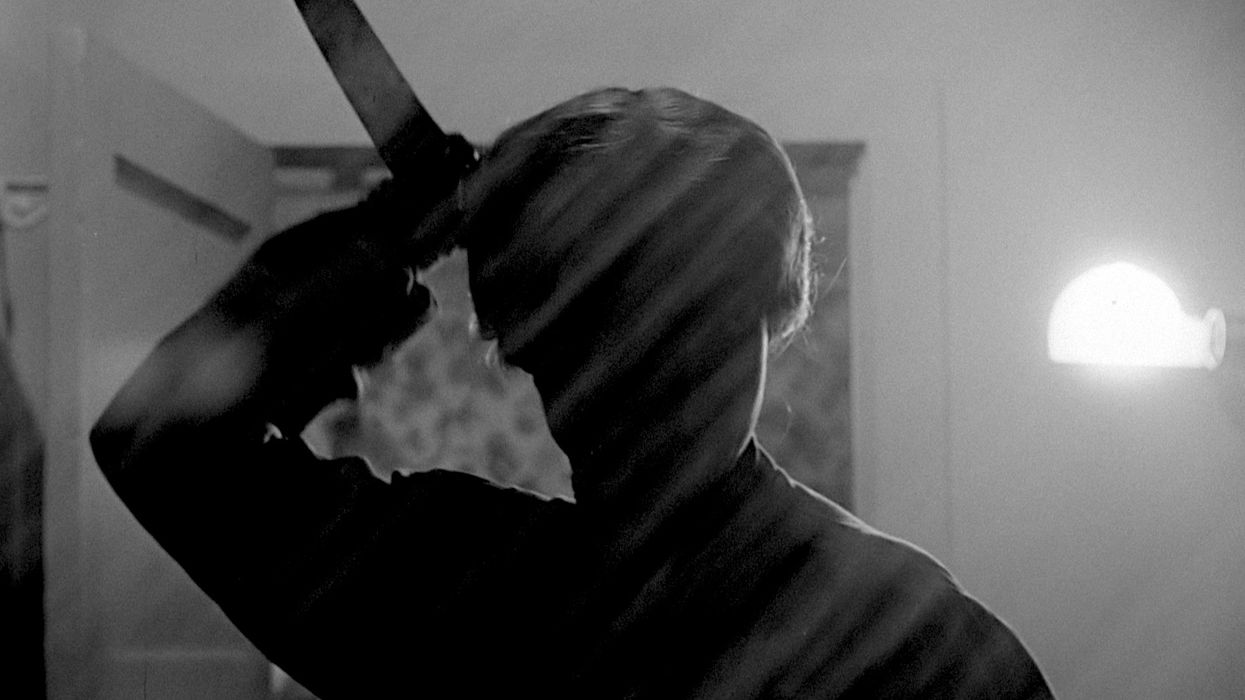Essential Elements You'll Need to Write a Great Surprise Ending
Does your screenplay call for a dramatic surprise ending or plot twist?

While films like The Sixth Sense, The Usual Suspects, and Psycho have managed to catch their audiences off guard with surprise endings, many others fail to administer that sudden shock of a carefully crafted twist. So, what do these films do wrong? Or better yet, what do other films do right? In this video, Sareesh Sudhakaran of wolfcrow shows you one way you can approach writing surprise endings and twists, ones that aren't propped up on cheap tricks and clichés, but instead are balanced and well-written. Check it out below:
According to Sudhakaran, writing surprise endings is all about balance and ensuring certain elements, like closure (no loose ends), are present in the script.
The framework of his explanation is the yin-yang, which illustrates the perfect balance required to tell a story with these kinds of twists. The first step, he says, is to separate the yin and yang and define them. Essentially, yang represents the answer to the question yin is asking. For example: Detective Kujan asks, "Who is Keyser Soze?" Or we, the audience, ask "What does Rosebud mean in Citizen Kane?" But, Sudhakaran says that yin shouldn't be able to even remotely guess what yang is or know of its existence until the end of the story.
This video is a great place to start learning how to craft good surprise endings, but if you want to know more, there are plenty of other resources out there, like this video on how director David Fincher approaches the plot twist or this article that digs deep into the actual construction and essential elements of narrative twists.
Source: wolfcrow










![Ethos, Pathos, Logos: 20 Effective Ways to Advertise [Infographic]](https://nofilmschool.com/media-library/ethos-pathos-logos-20-effective-ways-to-advertise-infographic.jpg?id=34064614&width=600&height=600&quality=90&coordinates=560%2C0%2C0%2C0)

